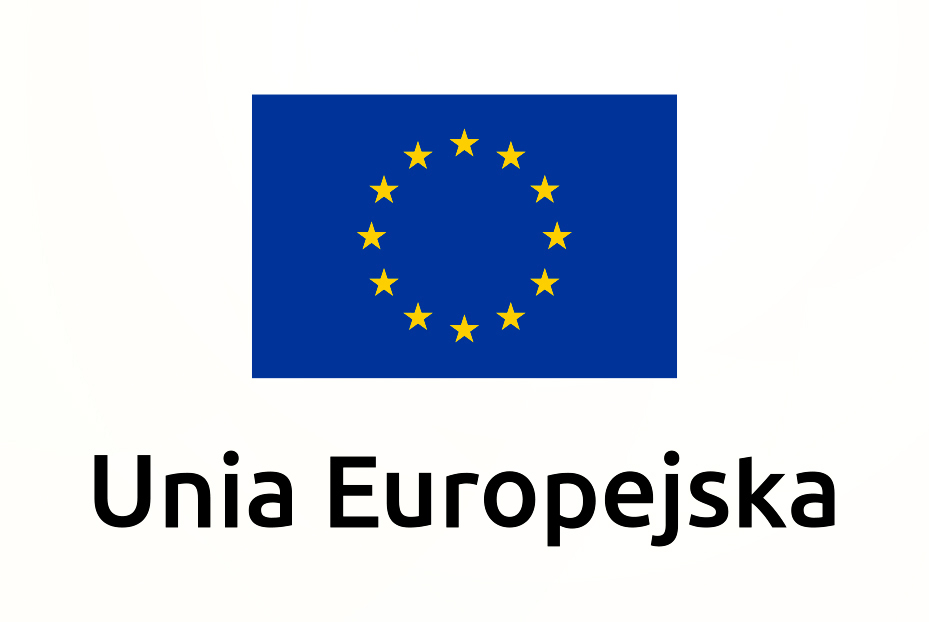Marketing challenges in 2023. Is a loyalty program a recipe for surviving inflation?
All indications are that stable and predictable times are behind us. Companies are worried about how inflation will affect consumers’ purchasing decisions. At the same time, businesses are facing rising costs, causing them to shorten their budget planning timelines or reduce their budgets for marketing expenses, among other things.
Seeing that, under the influence of inflation, disposable income is decreasing, consumers are changing their product selection criteria. As a result, they buy less, and abandon some items and services altogether. UCE Research’s study “Inflationary Dilemmas of Poles. What do we save on in stores?” indicates that more than 78% of respondents are looking for cheaper items and substitutes for their favorite products on store shelves. As a result, we are noticing increased sensitivity to price offers and increased interest in promotional newspapers. They make it easier to plan purchases and manage ongoing expenses. Some consumers, with benefits in the form of cashback or additional discounts in the loyalty program, are trying to patch their household budgets at least a little.
Loyalty program – benefits for the consumer and the organizer
When consumers plan their spending wisely, their interest in loyalty programs increases. However, a loyalty program is not just about points in a mobile app or a better price offer. For a company, a loyalty program is a mechanism that makes customers able and willing to be identified. As a result, it is access to knowledge about individual needs, based on which the company increases customer value over time. The norm is no longer the mere processing of the data held, but predictive analysis and anticipation of what a particular customer needs at a particular moment and what he or she will expect in the near future, depending on lifestyle or the growing crisis.
The winners in times of recession will turn out to be those companies that most effectively use the knowledge they have access to in the program and translate it into appropriate, personalized communication and offer activities related to specific consumer needs – we will communicate differently with the segment of people looking for the genuinely cheapest products, and differently build the perception of saving for premium customers by targeting products and offers tailored to them. Developing existing activities in the area of loyalty may prove to be one way to reduce consumer concerns about inflation.
What about brands that don’t yet have a loyalty program at all?
Already during the Covid-19 pandemic, business recognized the wide range of relationship marketing opportunities. Many companies decided right then and there to implement some kind of loyalty program or expand their current one in order to be able to communicate more quickly with customers and respond more effectively to their needs. Others waited longingly for a return to at least relative normalcy. As soon as it seemed that this would be possible, and the pandemic, at least in theory, began to die down, the war in Ukraine broke out, and with it inflation began to rise. In light of the increasing unpredictability and, at the same time, the growing advantage of companies that accurately identify customers’ needs through a loyalty program, every day of postponing the decision to implement a program is critical. Of course, you have to reckon that the effects will not be visible the day after the project is lost, but a loyalty program is an investment that in the long run will translate into organizational efficiency in many areas, so the sooner you start working on a loyalty program, the better.
Organized data a signpost on the road to success
Inflation is a challenge for any business, but at the same time it underscores the importance of having organized data. Loyalty is at a premium and its role will grow. LoyaltyOne’s “Loyalty Big Picture” research report indicates that nearly 70% of managers have increased loyalty investments over the past two years, as companies see the value of using customer data from product development to price optimization to estate planning and sales network development.
Unfortunately, there is no single, proven recipe for countering inflation. Even the best strategy won’t make companies’ and consumers’ problems related to the economic crisis disappear. However, in the near future, mechanisms that provide customers with a sense of realized savings and allow them to control spending will be extremely welcome by them, and will make it easier for marketers to face the challenges visible on the 2023 horizon.







 LOYALTY POINT is implementing a project with Contribution from European Funds.
LOYALTY POINT is implementing a project with Contribution from European Funds.